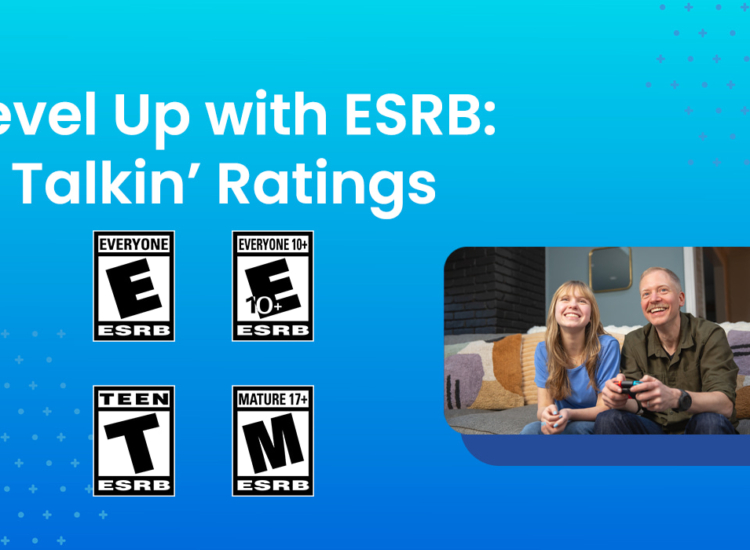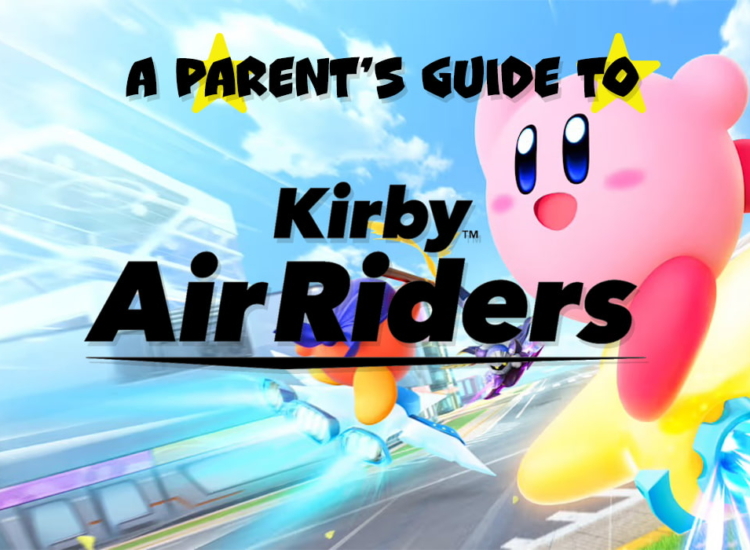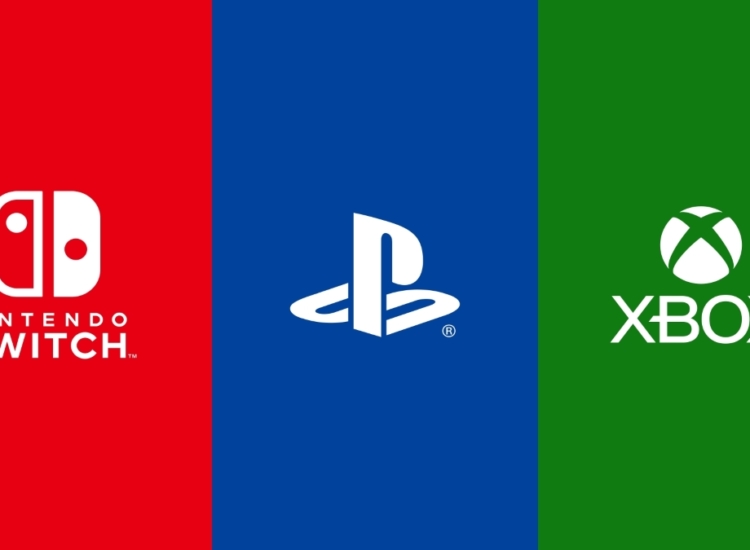ESRB’s Secret Weapon: Enforcing Responsible Industry Marketing Practices
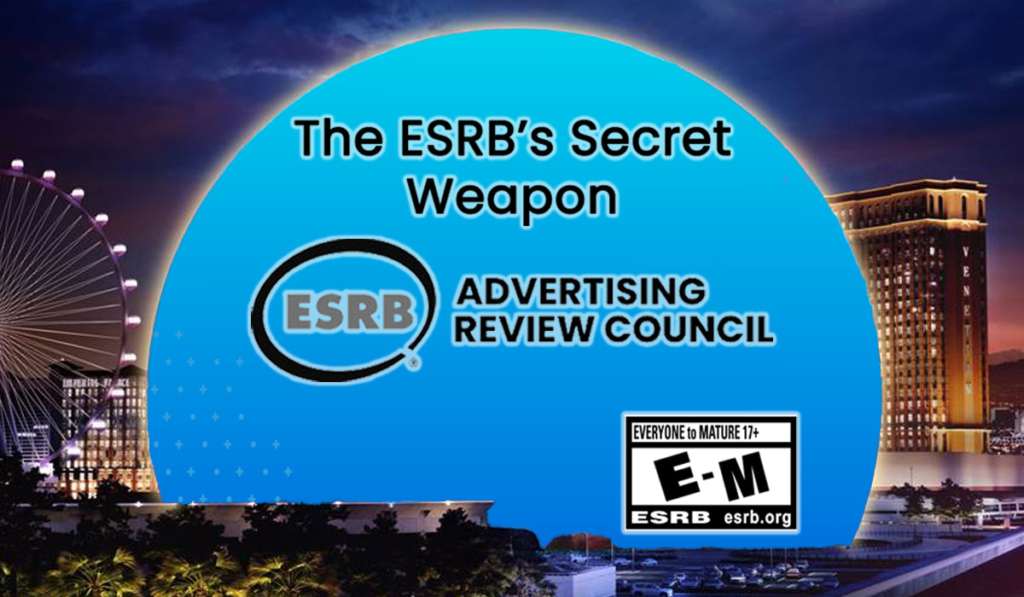
Rated E for Everyone! Rated T for Teen! Rated M for Mature! Almost everyone has heard those familiar words when seeing a video game ad during their favorite TV show or ball game. That’s no coincidence! It is because the ESRB’s Advertising Review Council (ARC), a/k/a, the video game industry’s best kept secret, has been working diligently behind the scenes for 25 years to ensure that video game publishers responsibly market their products. And that goes well beyond TV ads!
Marketing can be a large part of a video game publisher’s budget, costing tens, if not hundreds, of millions of dollars and spanning television, print, outdoor (including Times Square in NYC and the Sphere in Las Vegas!), social media, online videos, websites, live streams, newsletters… and the list goes on. To be honest, game publishers can be among the most creative marketers out there, always using new and creative methods to reach their customers. Thankfully, ARC helps keep these campaigns in check.
What Does ARC Do?
ARC has been protecting consumers since 2000 by enforcing industry-adopted marketing guidelines that require publishers to:
- display the game’s assigned rating information in a prominent location where the consumer will see it before purchasing a game and on all ads and videos,
- make sure ad content is true to the game yet not offensive the general public, and
- appropriately target ads for games rated Teen and above
Once ESRB assigns a rating to a game that is sold in physical format (such as a disc in a box), the publisher is legally bound to comply with ARC’s comprehensive guidelines. Publishers who don’t comply are subject to enforcement actions, which can include fines as well as corrective actions.
For example, if incorrect rating information is displayed in an ad, on a website, or on a box, a publisher may be required to pay a significant fine and take immediate steps to fix the issue. In the case of an ad, it could mean pulling it from public circulation. In the case of a game package, it could mean reprinting or stickering every single box still in warehouses and/or stores. In some cases, such corrections can be more costly than the fines.
To avoid these missteps, most publishers proactively submit their packaging and advertising to ARC for approval prior to release to the public.
ARC Has Your Back
For parents, knowing that the Advertising Review Council has their back should put their mind at ease, especially when it comes to:
- Targeting of Ads: Advertisements for Teen and Mature rated games can only be directed to consumers for whom the game is rated as appropriate. This means, for example, that your child will not see an ad for a Teen or Mature rated game during children’s TV programming and that a Mature rated game ad won’t appear in the social media feed of a user younger than 17.
- Ad Content: Children will not be exposed to inappropriate content since all game advertisements must be suitable for a general audience. ARC guidelines provide specific examples of content that must be avoided when creating paid advertising campaigns, such as graphic depictions of violence. These apply regardless of the game’s rating. Even for unpaid marketing, if an online video features content that is not suitable for a general audience, the game’s publisher can only post it on websites intended for an older audience and only with an age-gate to inhibit children under the age of 17 from accessing such content.
- Display of Rating Information on Game Packaging, Digital Storefronts, and Advertisements: Wherever the publisher promotes or sells its game – such as game packaging, digital storefronts, advertisements, marketing materials (including all videos) – the game’s rating information must be prominently and legibly displayed according to ARC specifications. In fact, the ARC team literally measures the dimensions of the ESRB rating icons on video game packaging to check if they are the required size.
ESRB’s three-part rating system informs consumers about:
- the age appropriateness of a product (the rating icon is on the front bottom corner of the package and repeated on the back);
- what type of content they can expect to find in the game (content descriptors are on the back bottom corner of the package); and
- whether the game contains any Interactive Elements, such as the ability for players to communicate (interactive elements are underneath the content descriptors on the back bottom corner of the package).
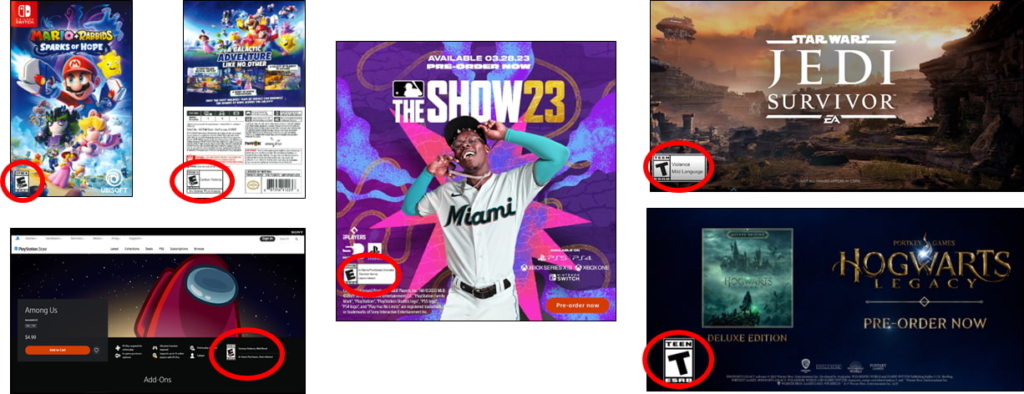
Behind the scenes, ARC works closely with game console manufacturers to make sure that a child cannot purchase a Mature rated game or see inappropriate content without a parent’s permission. And here is where parents can step in — to check that their child’s account has been set up properly, using an accurate birthdate.
The Long-Term Impact of ARC
ESRB-commissioned research shows that there is high awareness (84%) and regular use (73%) of ESRB ratings among parents. In fact, the vast majority of parents are not only familiar with ESRB ratings but refer to them regularly when deciding if a game is appropriate for their family. This success can be chalked up to decades of proactive work by ARC and industry members, and constant reinforcement of ESRB ratings by publishers when marketing games. Parents have enough to keep track of without having to search around for rating information every time their child asks for a new game; ARC is here to make it easy to find.
Now that the secret is out, the next time you see an ad for a game and hear the familiar “Rated E for Everyone,” you will know that there is an invisible hand behind the scenes making all this happen – ensuring that you and your family only see age-appropriate ads and have easy access to ESRB rating information– whether on a physical box, a online store product detail page, video, TV or cinema ad, billboard, or in a social media feed.
Thank you, Advertising Review Council, for keeping parents informed and protecting children for nearly 25 years!
